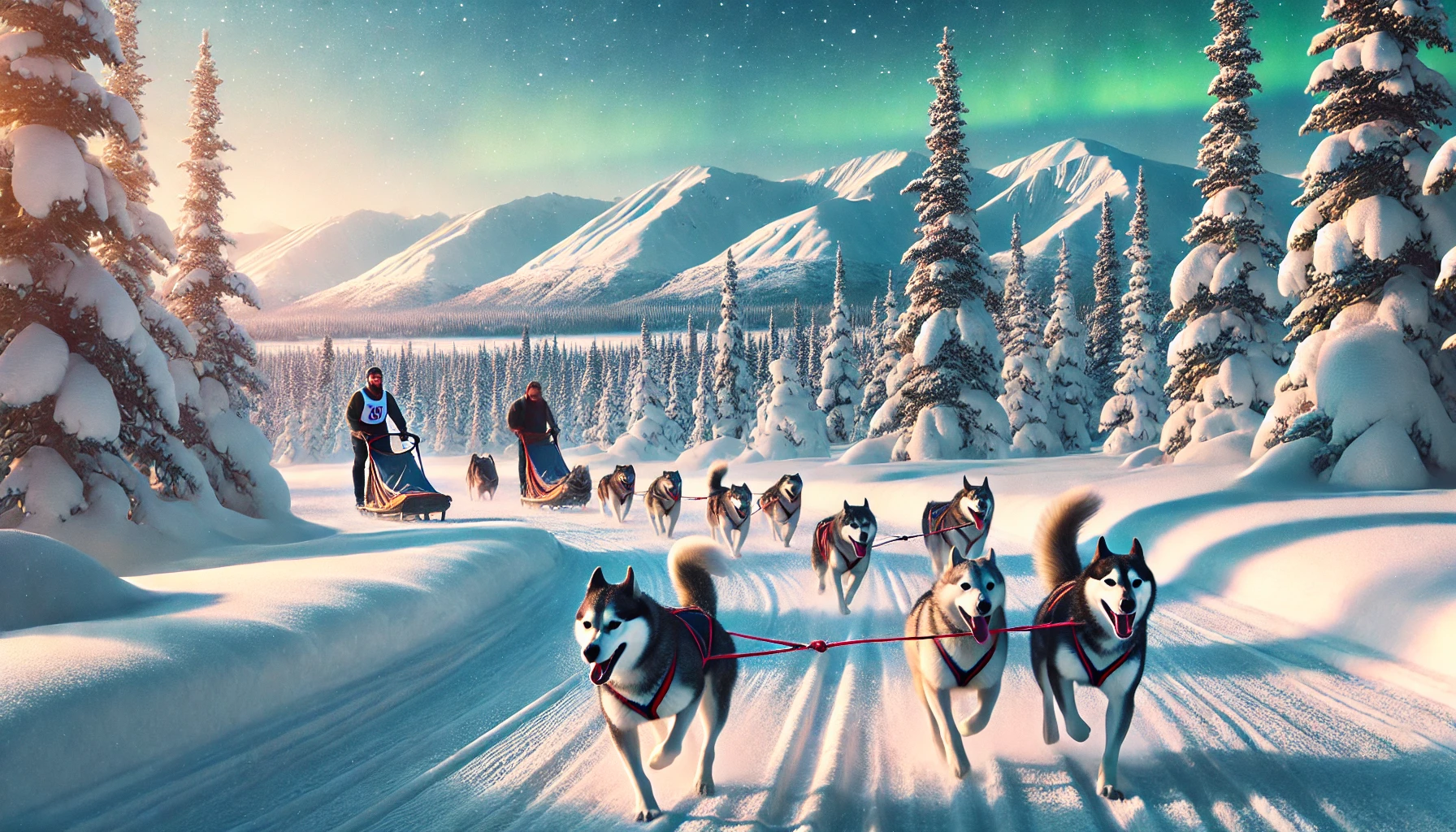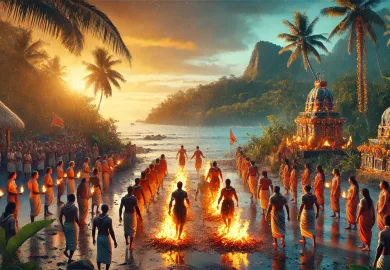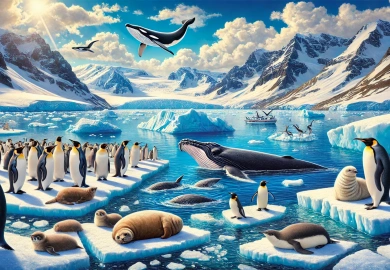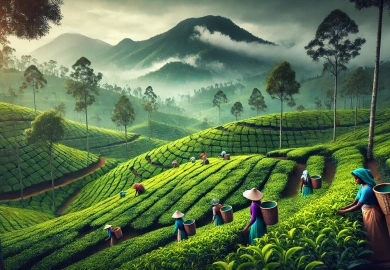
When you think of Alaska, your mind probably conjures up images of snow-covered landscapes, towering mountains, and vast stretches of icy wilderness. But there’s another element of this frozen wonderland that captures the imagination of adventurers and thrill-seekers alike—husky racing. This thrilling winter sport combines the power and speed of sled dogs with the raw beauty of Alaska’s untamed wilderness. In this article, we’ll dive into the world of husky racing, explore its history, and reveal why it’s a must-see travel attraction for anyone visiting the northern frontier.
The Origins of Husky Racing: A Tradition Born in the Wild
Husky racing, or dog mushing, has a rich and storied history deeply embedded in Alaskan culture. Dating back centuries, indigenous people of the Arctic, such as the Inuit and Yupik, used sled dogs as a reliable means of transportation across treacherous snow and ice. These early races were not for sport but for survival, enabling communities to traverse long distances in harsh conditions, transporting food, hunting gear, and supplies.
By the early 20th century, dog sled racing transformed from a necessity into a sport. One of the most famous examples of this is the Iditarod Trail Sled Dog Race, which was first held in 1973 and has since become a symbol of endurance, strength, and the unbreakable bond between humans and animals. Today, husky racing has evolved into a celebrated winter event, drawing both participants and spectators from around the world to experience the thrill of watching highly trained dogs race through some of the planet’s most breathtaking landscapes.
In the modern era, visitors flock to Alaska not only to witness these historic races but also to participate in hands-on dog mushing experiences, which offer a unique and intimate glimpse into this ancient practice.
The Adrenaline-Fueled Experience of a Husky Race
Imagine standing at the starting line of a husky race in Alaska. The air is crisp, the snow glistens under the pale winter sun, and you can hear the excited yelps and barks of the huskies, eager to begin their run. The moment the race starts, these powerful dogs surge forward, their well-trained muscles working in unison to pull the sled across the rugged Alaskan terrain.
Husky racing is not only a physical sport for the dogs but also a strategic challenge for the musher. Each musher must balance the need for speed with the well-being of their team, ensuring that the dogs remain healthy, hydrated, and well-fed throughout the race. Mushers form an unbreakable bond with their dogs, working together in perfect harmony to navigate through snow-covered forests, frozen lakes, and mountainous terrain.
For spectators, watching a husky race is a heart-pounding experience. The speed, strength, and determination of the dogs as they charge forward are awe-inspiring. And as the sleds whip past, kicking up a flurry of snow, the energy of the race is contagious—an unforgettable spectacle of nature and athleticism combined.
Explore Alaska’s Stunning Wilderness Through Husky Tours
While witnessing a husky race is undoubtedly thrilling, Alaska offers plenty of opportunities for visitors to become more than just spectators. For those looking to experience the exhilaration of dog mushing firsthand, many operators across the state offer husky tours, where you can take the reins and drive your own team of sled dogs through the Alaskan wilderness.
These tours vary in length and difficulty, ranging from short excursions to multi-day adventures deep into the heart of the Alaskan backcountry. No matter which option you choose, you’ll find yourself immersed in some of the most pristine landscapes on Earth, gliding through snow-laden valleys, beneath towering spruce trees, and past frozen rivers that sparkle in the sunlight.
As you drive your team of huskies, you’ll gain an appreciation for the incredible stamina and intelligence of these animals. Each dog has a unique role to play in the team, and the lead dog, in particular, is crucial to guiding the group along the right path. Alongside the thrill of the ride, husky tours also provide an educational component, allowing visitors to learn about dog care, training methods, and the history of mushing in Alaska.
Why Husky Racing Should Be On Every Traveler’s Bucket List
If you’re looking for a travel experience that combines adventure, history, and natural beauty, then husky racing in Alaska should be at the top of your list. This unique activity offers much more than just the excitement of watching or participating in a race—it’s a deep dive into Alaskan culture, a chance to witness the extraordinary bond between humans and animals, and an opportunity to explore one of the last great wildernesses on Earth.
Alaska’s husky races, particularly the Iditarod and the Yukon Quest, are iconic events that attract participants from all over the globe. These races test not only the endurance of the dogs but also the resilience of the mushers as they navigate challenging courses that stretch for hundreds of miles. Spectators at these events can witness firsthand the indomitable spirit of the competitors as they race through snowstorms, across frozen rivers, and over mountain passes in pursuit of victory.
For travelers who want a more interactive experience, there’s nothing quite like the thrill of being pulled through the snow by a team of eager huskies. The sense of speed and freedom is unparalleled, and the breathtaking views of Alaska’s winter landscape will leave an indelible mark on your memory.
Conclusion: Discover the Heart of Alaska Through Husky Racing
In the end, husky racing is about more than just competition—it’s a celebration of tradition, teamwork, and the incredible connection between humans and nature. Whether you choose to witness a race, take part in a husky tour, or simply explore the cultural heritage of dog mushing, Alaska offers endless opportunities to immerse yourself in this extraordinary world.
So, if you’re planning your next big adventure, consider heading to Alaska and experiencing the rush of husky racing firsthand. It’s a once-in-a-lifetime opportunity to connect with nature, push your limits, and witness the power and beauty of one of the world’s most captivating winter sports.
The allure of husky racing in Alaska extends beyond the thrill of the sport—it’s a gateway to discovering the true essence of the Alaskan wilderness and the rich cultural history that makes this region so special. Whether you come as a spectator or participant, the memories you make here will stay with you long after the snow has melted.








